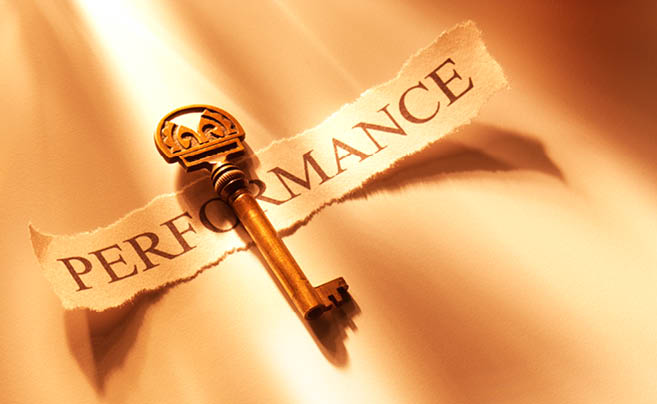Culture can be defined as the social pressure that shapes an individual’s behaviour in the context of a group. It acts as an unconscious contract between the group members, where the beliefs, expectations and knowledge regarding what is acceptable and valued emerge as people in the group interact. These unconscious agreements dramatically impact upon how the individuals and the group perform.
Culture therefore acts as the unconscious process that helps individuals select or restrict behaviours that they are willing to deploy depending upon their beliefs, expectations and knowledge of how acceptable or valued that behaviour will be. If we assume that each individual has a broad range of possible behaviours to choose from, then culture shapes performance by the behaviours it invites.
Imagine the difference between these two organisations:
- Organisation 1 has a high performance culture. There is encouragement and support for individual effort, exploration and collaboration, there is a fair process for promotion and different opinions are always accepted and valued. Low performance behaviours are frowned upon or even punished.
- Organisation 2 has a low performance culture. Gossip, avoiding responsibility and challenging authority are the behavioural norms. Even though the managers talk about collaboration and risk taking, people who get promoted (rewarded) are the ones who play politics and make sure others ‘carry the can’ for failure. Within the group, the people know that making the effort, supporting colleagues or challenging management will not be valued, and even subtly punished.
The same individual will behave completely differently in each of these organisations, and the way they act will be based on the context. They will be driven by what they perceive is actually accepted and valued, which has the effect of reinforcing high or low performance.
Culture is therefore a critical driver of business success. To have a high performing culture requires the development of a ‘conscious’ culture rather than leaving it to chance. It is up to leaders to be conscious about designing the culture that leads to high performance and success for their particular business.
What can a leader do?
Take stock
It’s worthwhile for leaders to take stock of how they show up in your group, how they act, and what behaviours they reinforce, reward and punish. When leaders act ‘unconsciously’ they’re often unaware of the specific negative impact they are having on performance. Once leaders have this awareness, they can then set about defining their culture and consciously creating it. Consequently they gain the benefit of high performance and success.
Walk the talk
The leader is the most visible and important member of any group. How they act, react, reward or punish is noticed and absorbed by the group. Rather than what is said, it is the specific actions of a leader that counts. They have to be conscious that their every action and reaction massively impacts upon company culture. Ironically the leader is often the biggest saboteur of the culture they are trying to create.
When a leader is consistent in their actions (i.e. walking the talk) and reactions (i.e. reward and reinforcement), everyone becomes clear on what is accepted and valued, and how he or she should act.
Think about what you want the culture to be
A company’s specific culture needs to reflect the realities of its particular context. What behaviours are critical to the company’s success? And how and when should these be deployed? Having clear guidelines allows leaders to act and communicate consciously to create the culture that best supports them.
Consciously shape the culture
Culture can be shaped by modifying specific elements of the workplace environment, including:
- Physical elements such as design, structure and processes
- Social elements like stories, rituals and defined heroes
- Communication elements, particularly the choice of language and its use.
Consciously manipulating these elements gives a leader direct control on shaping a high performance culture.





